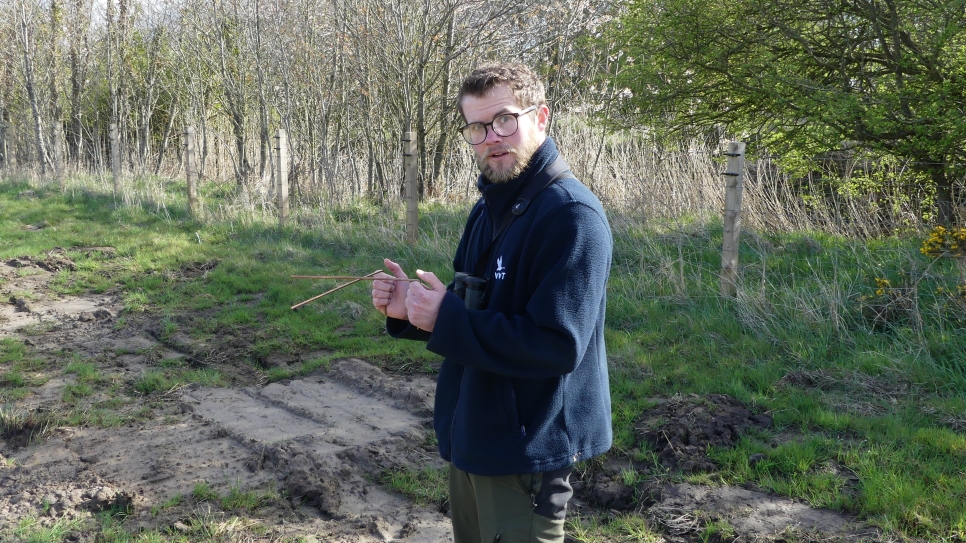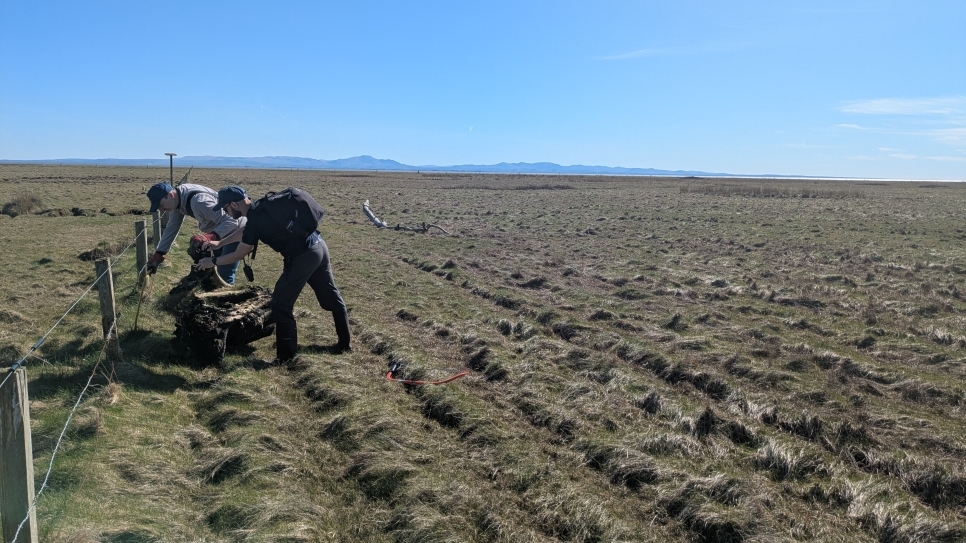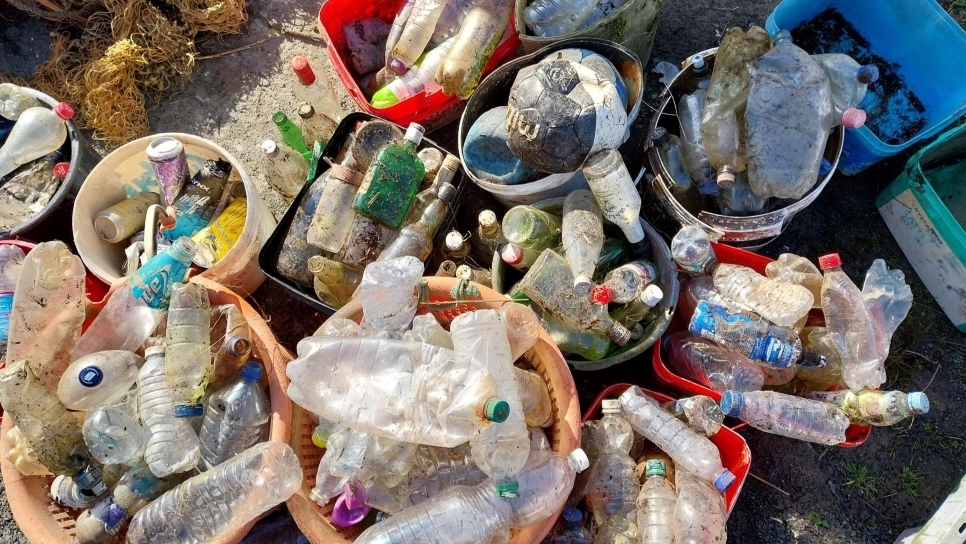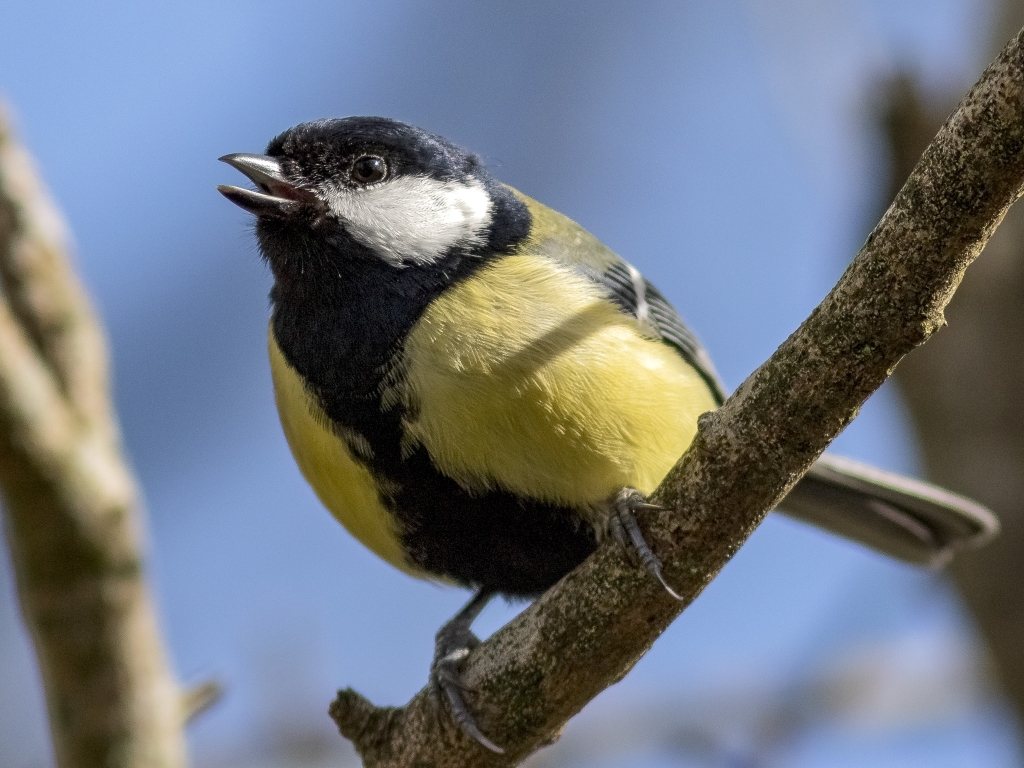Conservation Grazing at Caerlaverock
Our Hebridean sheep and Longhorn cows are working hard to help us with our habitat management
When visiting Caerlaverock Wetland Centre, you may have noticed our small flock of Hebridean Sheep and our two Longhorn Cows. We have these livestock on site to help us with our habitat management, a term referred to as conservation grazing.
As the name suggests, conservation grazing is the use of livestock to promote biodiversity through the action of domesticated animals cropping the vegetation. It is a management technique becoming more commonplace and a valuable conservation tool on nature reserves. The actions of grazing animals are particularly beneficial in the restoration and maintenance of grassland ecosystems, whether this be in coastal, wetland, woodland or meadow locations.
In conservation grazing it tends to be traditional varieties of sheep, cows and horses that are utilised due to their hardiness. This in turn has helped the fortunes of many of our native breeds whose use in commercial farming had been steadily declining. The type of livestock selected and also the stocking densities can have a marked effect on the vegetation structure of an area.
Here at Caerlaverock, the Hebridean sheep are important for helping us keep the vegetation short around the Saltcot Merse Observatory which is beneficial for our Natterjack Toad population. This summer we have recorded confirmed breeding in one of the pools in the Sheep paddocks. Visitors have been lucky enough to hear some of the adult toads calling through the summer and see some of the emerging toadlets as they cross the path beside the Observatory this Autumn.

The Longhorn Cows, together with stock from local graziers, help us manage the fields and saltmarsh over the summer. By grazing or taking a summer silage crop off these areas we ensure that the conditions are ideal for Barnacle Geese returning in the Autumn. During the lockdown this year we were not able to manage in the same way and instead reserve staff have been busy cutting the fields by tractor. It will be interesting to see how the Barnacle Geese respond to these changes.
This artwork is by our Art Volunteer, Martine Berlemont.




